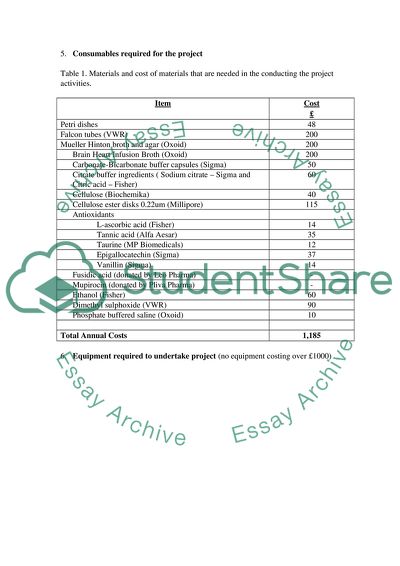Cite this document
(Antibiotic Resistance of Bacterial Agents of Disease Research Proposal - 1, n.d.)
Antibiotic Resistance of Bacterial Agents of Disease Research Proposal - 1. https://studentshare.org/medical-science/1720612-proposal
Antibiotic Resistance of Bacterial Agents of Disease Research Proposal - 1. https://studentshare.org/medical-science/1720612-proposal
(Antibiotic Resistance of Bacterial Agents of Disease Research Proposal - 1)
Antibiotic Resistance of Bacterial Agents of Disease Research Proposal - 1. https://studentshare.org/medical-science/1720612-proposal.
Antibiotic Resistance of Bacterial Agents of Disease Research Proposal - 1. https://studentshare.org/medical-science/1720612-proposal.
“Antibiotic Resistance of Bacterial Agents of Disease Research Proposal - 1”. https://studentshare.org/medical-science/1720612-proposal.


